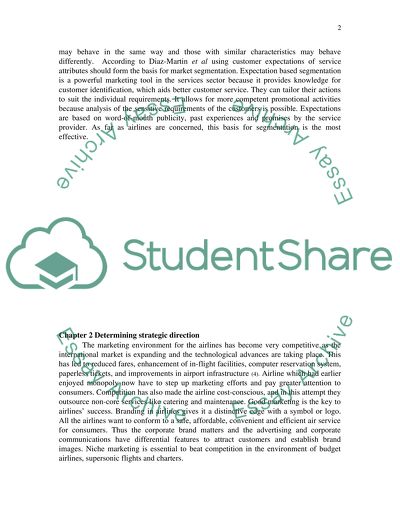Cite this document
(“Market segmentation in the airline industry Essay”, n.d.)
Market segmentation in the airline industry Essay. Retrieved from https://studentshare.org/marketing/1538005-market-segmentation
Market segmentation in the airline industry Essay. Retrieved from https://studentshare.org/marketing/1538005-market-segmentation
(Market Segmentation in the Airline Industry Essay)
Market Segmentation in the Airline Industry Essay. https://studentshare.org/marketing/1538005-market-segmentation.
Market Segmentation in the Airline Industry Essay. https://studentshare.org/marketing/1538005-market-segmentation.
“Market Segmentation in the Airline Industry Essay”, n.d. https://studentshare.org/marketing/1538005-market-segmentation.


